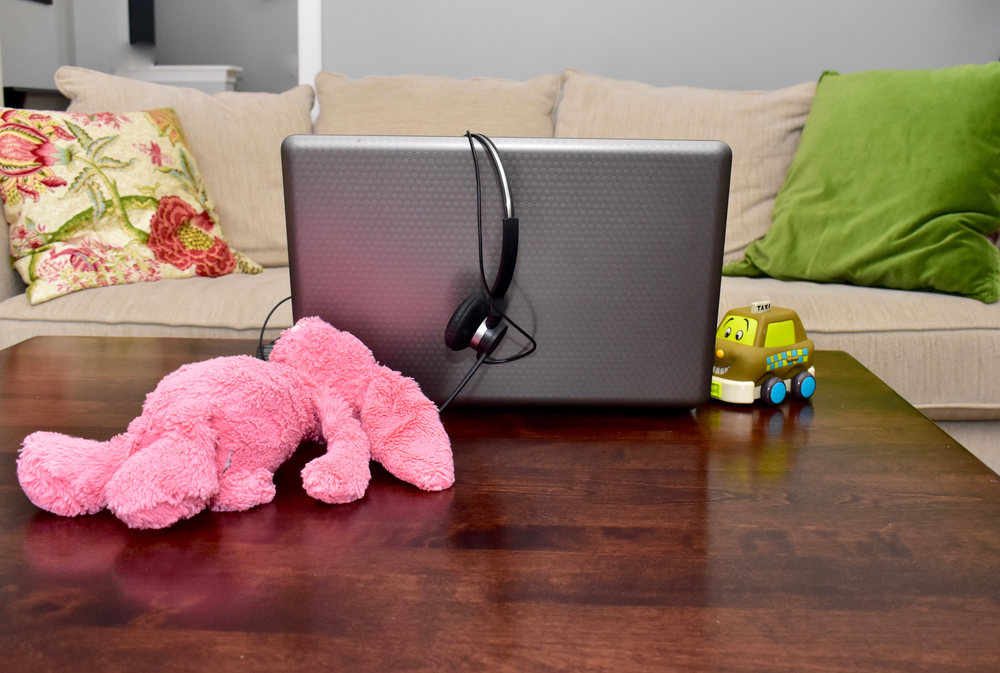The concept of work-life balance has been a cornerstone of corporate culture for decades. It suggests that there’s a clear divide between work and personal life, and that the two should be kept separate to ensure neither one dominates the other. However, in recent years, this idea has come under scrutiny. The premise of work-life balance is now seen as suspect, primarily because it assumes that ‘work’ and ‘life’ are two distinct entities that need to be balanced.
In reality, our lives are much more fluid and interconnected. The boundaries between work and personal life are often blurred, especially with the advent of technology and remote work. This is where the concept of work-life integration comes in. This shift is not just a change in terminology, but a fundamental transformation in how we perceive the relationship between our professional and personal lives.
Work-life integration is about blending our work, family time, health, and community involvement in a way that is uniquely suited to our individual needs and aspirations. It’s about recognizing that our work and personal lives are not separate entities, but interconnected parts of a whole.
The Evolution of Work-Life Integration
The workforce has undergone significant changes in the past few years, impacting employees, employers, and the way work gets done. The pandemic forced many of us to work remotely, a trend that has continued or transitioned into a hybrid schedule for many. This shift has blurred the lines between our professional and personal lives, and today work-life integration is not about working all the time. It’s about flexibility and autonomy, allowing us to decide when, where, and how we work. This approach can lead to greater job satisfaction, increased productivity, and a healthier work-life dynamic.
As Padmasree Warrior, former CEO of NIO U.S., puts it, “True happiness comes from integration… of work, family, self, community”. So, the essence of work-life integration is about not choosing between work and personal life but creating a harmonious blend of both.
The Road to Integration
Achieving work-life integration is a personal journey that requires self-awareness, clear priorities, and effective time management. Here are a few strategies to help you on this path:
- Set clear boundaries: Define when you are available for work and when you are off duty. This can help prevent work from spilling over into your personal time.
- Prioritize tasks: Not all tasks are created equal. Identify your most important tasks and focus on them first.
- Take breaks: Regular breaks can boost your productivity and prevent burnout.
- Practice self-care: Regular exercise, a healthy diet, and adequate sleep are essential for maintaining your physical and mental health.
Embracing the Future
As we move onward, work-life integration is likely to become the norm. By embracing this shift, we can create a work culture that values flexibility, autonomy, and the holistic well-being of employees. Heather Schuck, CEO and founder of multimillion dollar children’s brand, Glamajama, and author of ‘The Working Mom Manifesto’ rightly said, “You will never be truly satisfied by work until you are satisfied by life”. So, let’s strive for a satisfying life, where work and personal fulfillment blend seamlessly into a harmonious whole. Isn’t that what true success is all about?








